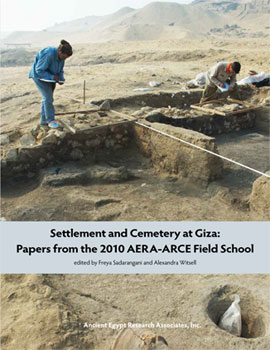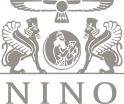Pontos Euxeinos Online Books
Here, you can find the list of more than 120 books online : the biggest online library about Ancient Black Sea
The Berthier-Delagarde Collection of Crimean Jewellery in the British Museum and Related Material
Roman Art and Civilization – A Common language in Antiquity
Les Huns, les Goths et les Sarmates entre la Volga et le Danube
LAUREA: pour le 80e anniversaire du professeur Vladimir Ivanovich Kadeev
I Traci tra geografia e storia
Bibliothèque en ligne du musée de Constanta
Le monde antique. Byzance: Pour le 70e anniversaire du Professeur V. I. Kadeev
La stratification sociale de la population du Caucase dans l’Antiquité tardive et le haut Moyen Age
Les cavaliers Sarmates du Nord de la mer Noire
Le monde antique et le Moyen Age, Recueil en mémoire de V. I. Kadeev
Les Antiquités de la côte nord du Pont (1828)
The numismatic evidence for Roman expansion and settlement in Bulgaria
Olbia Pontique et son territoire. L’aménagement de l’espace
Memnon, historien d’Héraclée du Pont : commentaire historique
Pont-Euxin et commerce : la genèse de la route de la soie
...Click through to Spartokos a lu: guide à la navigation webpontique to see all the links.

























